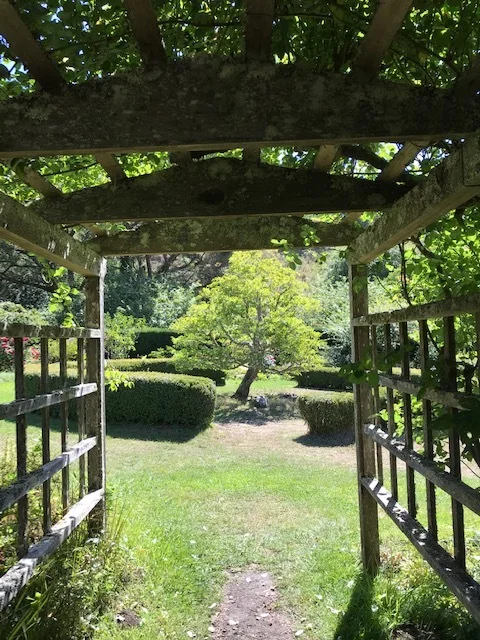This Monday night, Alison will facilitate our meditation sitting.
When I first learned of the most recent double mass shooting in America and the death of innocent children, women and men, my initial response seemed to be one of emotional detachment – just another news story to acknowledge and move on. That’s what it felt like but it wasn’t. When I really allowed myself to be “present” with the stories, I knew that my original reaction was merely an attempt not to acknowledge a whole wealth of emotions – fear, pain, sadness, anger, frustration, rage, anxiety – none of which I wanted to feel. Far from being detached, I was on high protective mode because deep down I knew how gut-wrenching it was going to be to see the photos of the dead, to read their stories, to understand the great loss of their too early extinction through violent means and the reverberating impact for their families for a very long time – for generations.
The other emotion was one of impotence – what can I, as just one individual, do in the face of all that horror. Do I have a role and, if yes, what is it? How can I best respond to hatred and violence? What is mindful activism for me?
I found some guidance in the following chapter, titled “Drops of Compassion, from Thich Nhat Hanh’s book, At Home in the World, Stories and Essential Teachings from a Monk’s Life:
I was in California on September 11, 2011, when we heard the news of the destruction of the Twin Towers in New York. The energy of anger and fear around was tremendous. When a whole nation is experiencing such strong anger and fear like that, it wouldn’t take much to do something destructive. It is easy to start a war in such moments. We need to have clarity of mind in order to know what to do and what not to do, in order to avoid making the situation worse.
I was scheduled to give a public talk three days later to four thousand people in Berkeley. We were a delegation of eighty monks and nuns, and we wore our saffron sanghati robes for the talk. The emotion was palpable. It was a national emotion. We knew that we needed to be able to balance the collective energy of anger, fear, and discrimination with the collective energy of mindfulness, compassion, and brotherhood. It is very important to counterbalance fear with calm and peace.
We began with a session of calming: we offered a guided meditation and some chanting to help everyone practice mindfulness of breathing to calm the body and mind and to embrace the fear that was present. I offered a prayer for healing and peace, to touch our deep aspiration to offer humanity the best flowers and fruits of our practice: lucidity, solidity, brotherhood, understanding, and compassion. I reminded everyone that responding to hatred with hatred will only cause hatred to multiply a thousand-fold, and that only with compassion can we transform hatred and anger. I invited them to go home to themselves and practice mindful breathing and mindful walking, to calm down their strong emotions and to allow lucidity to prevail. Only when we understand, can compassion arise. When the drop of compassion begins to form in our hearts and minds, we can begin to develop concrete responses to a situation.
Our individual consciousness reflects the collective consciousness. Each of us can begin right now to practice calming our anger, looking deeply at the roots of the hatred and violence in our society and in our world. Each of us can practice listening deeply with compassion in order to hear and understand what we have not yet heard and understood. When we have listened and looked deeply, we may begin to develop the energy of brotherhood and sisterhood between all nations, which is the deepest spiritual heritage of all religious and cultural traditions. In this way, peace and understanding within the whole world is increased day by day. Developing the nectar of compassion in our own heart is the only effective spiritual response to hatred and violence.
Thay’s chapter was empowering because he laid out a response that we can all do. His approach may be both the beginning and end for some. For others, it might be the starting point for other types of activism but it’s good to know that each and every one of use can play a role.
After reading the chapter, I turned on the news and there was one of the El Paso victims speaking from her hospital bed. She said, “Hatred is not the answer to hatred.” Whether she had ever heard of Thay is, of course, unknown, but she was embracing his message from a position in which she had been personally injured. I smiled and sent her good wishes from my heart for contributing something beautiful to the world by her powerful words.
Looking forward to seeing you on Monday to discuss the above or anything else that is in your heart.
Namaste,
Alison

